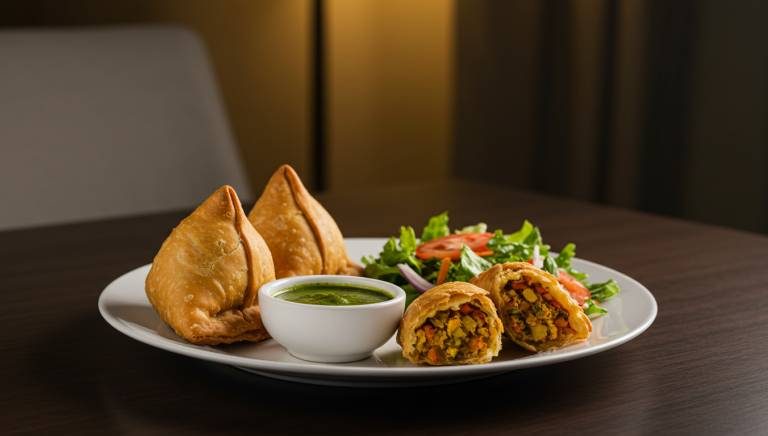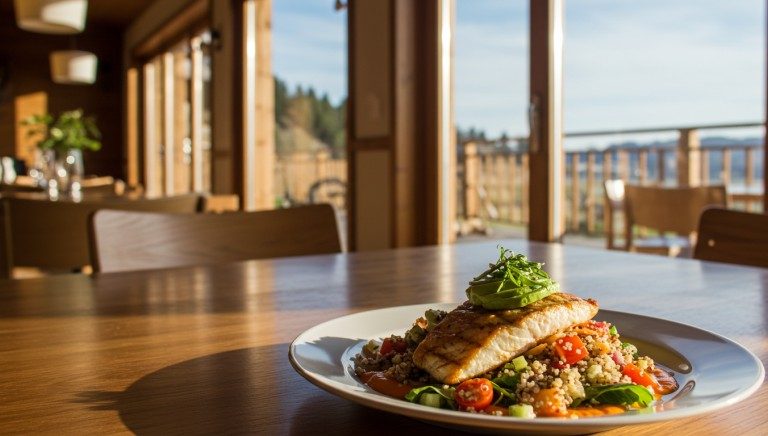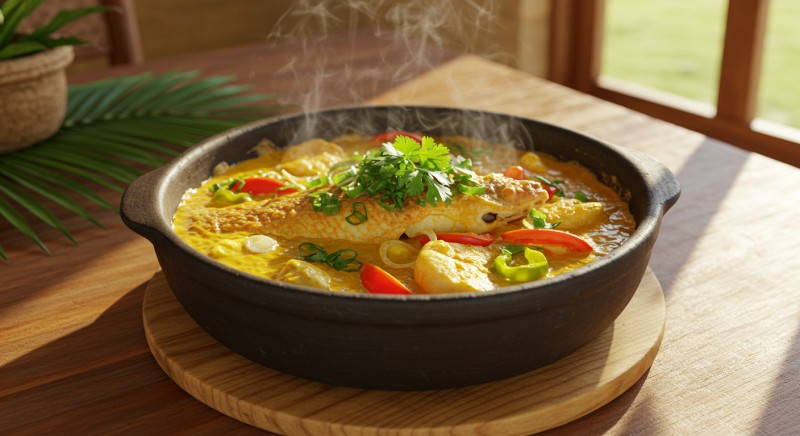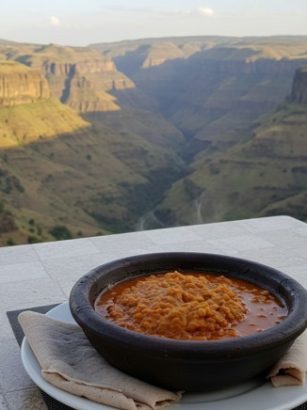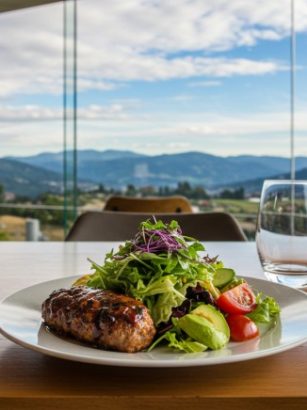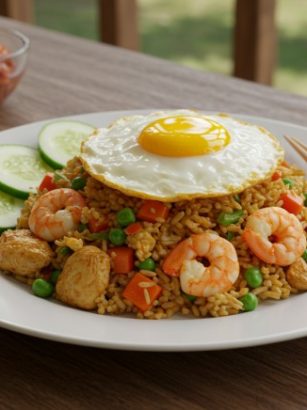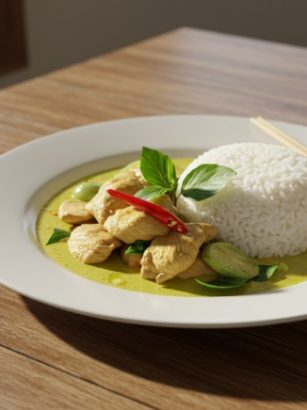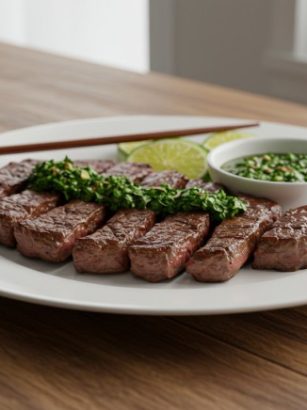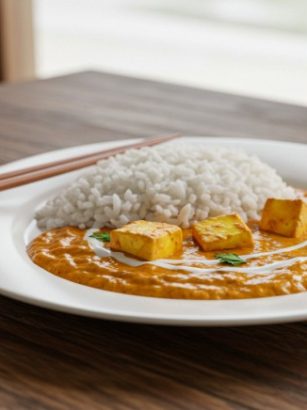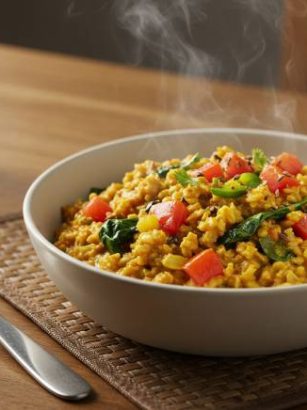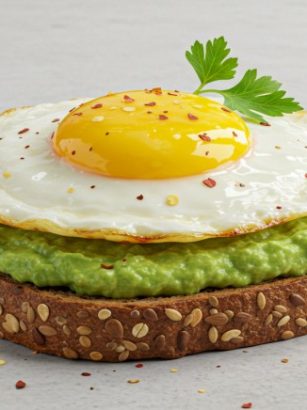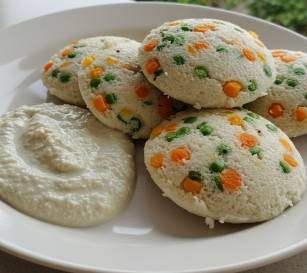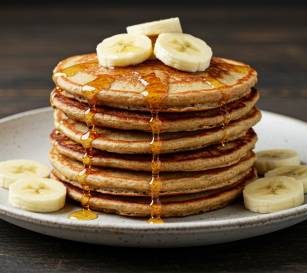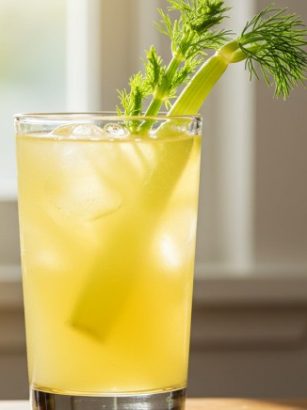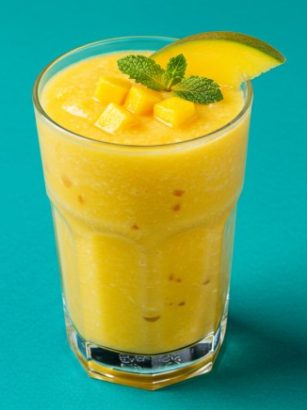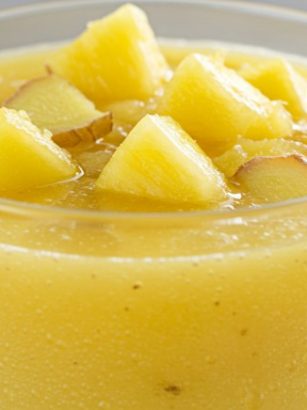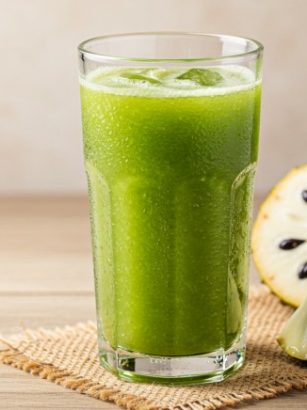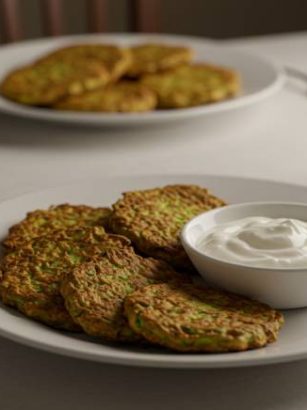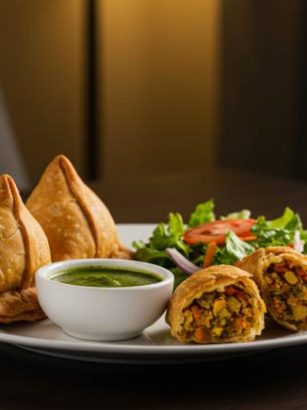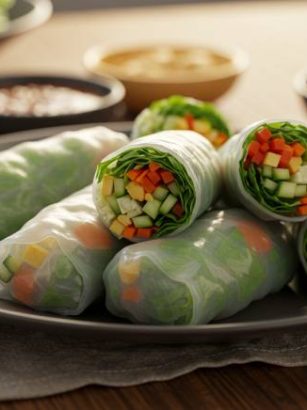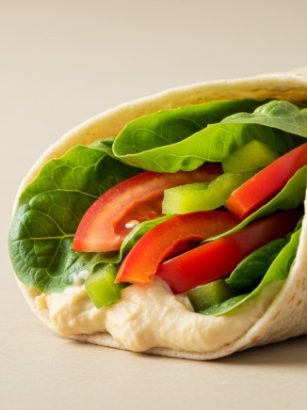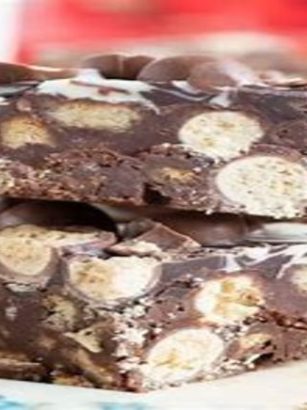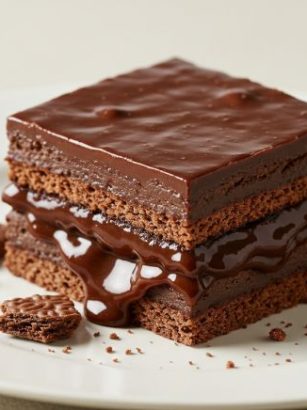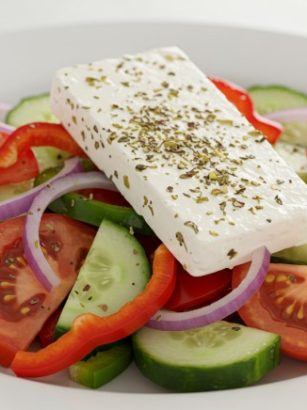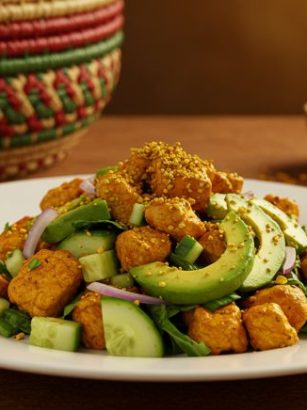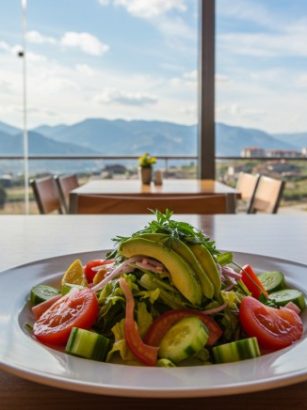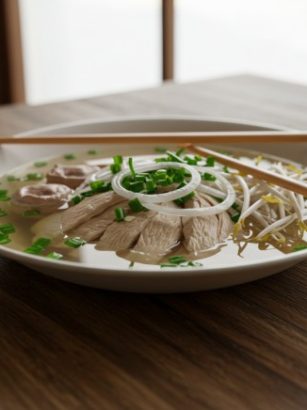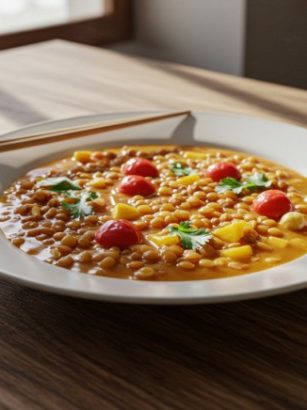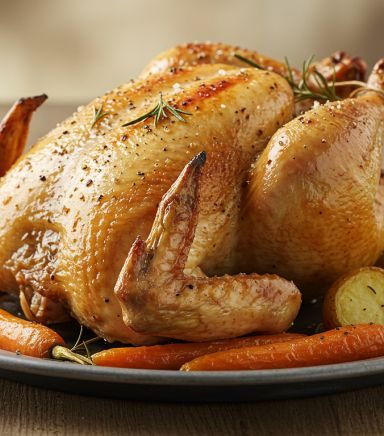Vegetable Samosas (Baked) is popular for its tastes.
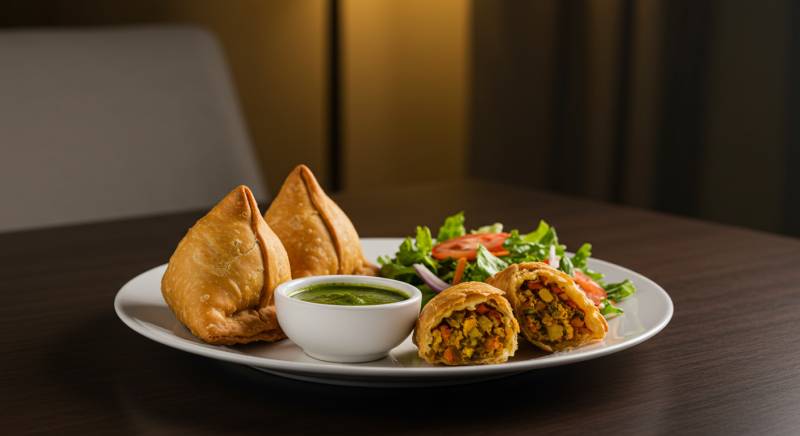
Prep Time: 20 mins
Cook Time: 25 mins
Total Time: 45 mins
Course: Snack/Appetizer
Cuisine: Indian
Servings: 4
Calories: ~150 per samosa
Materials Required:
Baking tray, oven, mixing bowl
Ingredients:
1½ cups whole wheat flour (for dough)
2 cups mixed vegetables (potato, peas, carrots – boiled and mashed)
½ tsp cumin, ½ tsp coriander, ¼ tsp turmeric, salt, 1–2 tsp oil
Method:
Prepare a firm dough with flour and water; let rest for 10 minutes.
Mix spiced vegetable filling.
Roll out dough, cut into portions, fill with veggies, form triangles, and bake at 200°C (400°F) for about 25 minutes until golden.
Servings:
Baked Vegetable Samosas are a delicious, healthier alternative to the fried version, filled with spiced potatoes, peas, and vegetables wrapped in a crispy, golden pastry. Pairing them with complementary sides can enhance the meal and provide a variety of textures and flavors. Here are some perfect accompaniments:
Classic Indian Pairings:
Mint Chutney – A refreshing, tangy dip made with fresh mint, cilantro, and yogurt, adding a cool contrast to the spiced samosas.
Tamarind Chutney – A sweet and tangy chutney that pairs beautifully with the savory samosas, adding depth and sweetness.
Raita – A cool, creamy yogurt dip with cucumber, cumin, and coriander, perfect for balancing the spices in the samosas.
Pineapple Salsa – A fresh, tangy salsa made with pineapple, mint, and chili, providing a sweet and spicy contrast.
Mango Chutney – A rich, fruity chutney with a balance of sweet, sour, and spicy, complementing the samosas’ savory filling.
Vegetable-Based Sides:
Kachumber Salad – A simple, tangy salad with tomatoes, cucumbers, onions, and cilantro, dressed in lemon juice for a fresh, crunchy side.
Aloo Gobi – A spiced potato and cauliflower curry with turmeric, cumin, and coriander, adding a hearty and flavorful complement.
Chana Masala – A chickpea curry with bold spices that pair well with the crisp samosas, offering a protein-packed addition.
Carrot and Peas Stir-fry – A quick stir-fry of carrots and peas with cumin seeds, providing a light and crunchy side.
Saag Aloo – A comforting spinach and potato curry that adds a savory, earthy flavor to balance the richness of the samosas.
Hearty & Flavorful Additions:
Paneer Tikka – Grilled, marinated paneer cubes with a smoky flavor, adding a rich and protein-packed side.
Tandoori Chicken – Tender chicken marinated in a spiced yogurt mixture and grilled to perfection, offering a smoky and savory addition.
Dal Tadka – A flavorful yellow lentil dish cooked with ghee, cumin, garlic, and spices, adding richness to the meal.
Biryani – A fragrant rice dish with spices and vegetables, providing a filling and flavorful side.
Pakoras (Vegetable Fritters) – Crispy, spiced vegetable fritters that add an extra crunch and flavor, complementing the samosas.
Refreshing Drinks to Pair:
Jaljeera – A tangy, spiced drink made from cumin, mint, and lemon, offering a refreshing contrast to the richness of the samosas.
Masala Chai – A warm, spiced tea with milk, perfect for complementing the savory flavors of the samosas.
Lassi – A traditional yogurt drink, either sweet or salted, that helps cool the palate after the spiced samosas.
Description
Vegetable Samosas (Baked) are a healthier alternative to the traditional deep-fried samosas, offering a crispy, golden-brown exterior with a deliciously spiced vegetable filling inside. These samosas are baked rather than fried, making them a lighter choice while still maintaining the classic flavors that make samosas a popular snack or appetizer.
The Pastry:
The outer shell is typically made from puff pastry or phyllo dough, which is brushed with a light coating of oil before baking to achieve a crispy texture. You can also use whole wheat flour or samosa wrappers for a more authentic, homemade version.
The Filling:
The filling consists of mixed vegetables such as potatoes, peas, carrots, onions, and sometimes spinach or green beans. The vegetables are spiced with cumin, coriander, garam masala, turmeric, and a bit of chili powder to give them that signature warm and aromatic flavor. The filling is typically sautéed and then cooled before being wrapped in the pastry.
Baking:
The samosas are baked in the oven until golden brown and crispy. The result is a healthier version that still has the crispy texture on the outside and a flavor-packed, savory filling on the inside.
Serving Style:
Vegetable samosas are commonly served with a side of mint chutney or tamarind sauce for dipping, which adds a fresh and tangy contrast to the savory samosas.
Benefits
Baked Vegetable Samosas offer several health benefits compared to traditional fried samosas:
Lower in Fat:
Since these samosas are baked instead of fried, they contain much less oil, making them a lower-fat option.
Packed with Vegetables:
The filling is made from nutritious vegetables like potatoes, peas, and carrots, providing a good source of fiber, vitamins, and minerals, such as vitamin A, vitamin C, and potassium.
High in Fiber:
The vegetables, especially peas and potatoes, are rich in dietary fiber, which helps with digestion and promotes satiety.
Customizable:
You can easily modify the filling to include other vegetables like sweet potatoes, spinach, or zucchini for added nutrients. If you want to make them vegan, simply ensure that the pastry and filling do not contain any animal-derived products.
Gluten-Free Option:
You can make the samosas gluten-free by using gluten-free flour for the pastry and ensuring that the filling ingredients are naturally gluten-free.
FAQ
Q1: Can I use a different type of pastry for the samosas?
A: Yes! You can use phyllo dough, whole wheat pastry, or store-bought spring roll wrappers for a different take on the samosa. Each will give the samosas a slightly different texture, but all will bake into a delicious crispy shell.
Q2: How can I make the filling spicier?
A: You can increase the chili powder, add green chilies, or use a spicy garam masala to make the filling hotter. If you want a more intense kick, try adding chili flakes or a few drops of hot sauce.
Q3: Can I make these samosas ahead of time?
A: Yes, you can make the samosas in advance! Once assembled, you can either freeze them uncooked or bake them and store them in the fridge for a day or two. If frozen, bake them directly from the freezer; just add a few extra minutes to the baking time.
Q4: Can I use other vegetables in the filling?
A: Absolutely! You can customize the filling to your liking by adding vegetables like spinach, sweet potatoes, mushrooms, or bell peppers. Just make sure to chop them into small pieces so they fit nicely into the pastry.
Q5: How do I prevent the samosas from being soggy?
A: To avoid sogginess:
Cook the filling thoroughly to remove excess moisture.
Let the filling cool down before wrapping it in the pastry.
Make sure to seal the edges of the samosas properly to prevent leaks.
Q6: How do I make baked samosas crispier?
A: To make the samosas crispier:
Brush the samosas with a light layer of oil or melted butter before baking.
Bake them on a rack to allow air circulation, which ensures even crisping.
Q7: Can I bake the samosas in an air fryer?
A: Yes, you can bake the samosas in an air fryer! Preheat the air fryer to 375°F (190°C) and cook the samosas for about 10-12 minutes, or until golden brown. This is a great way to get crispy samosas without using much oil.
Main Dish
Breakfast Recipe
Drinks Recipe
Side dish Recipe
Salad Recipes
Soup Recipes
For more informations, visit our official YouTube channel , Facebook , LinkedIn , Pinterest , Instagram.

